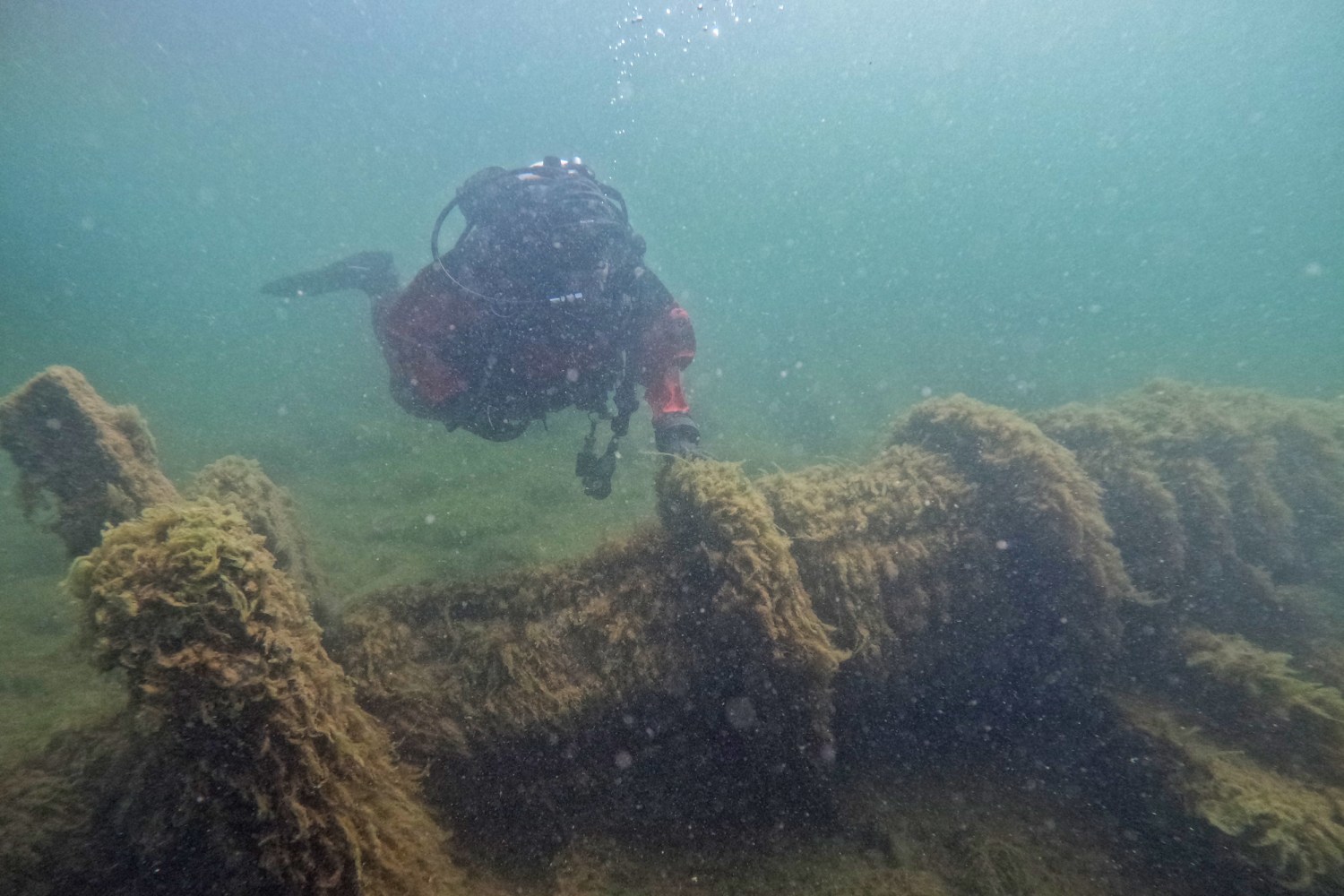The adventure started with a straightforward query: Was the fossil I bought on the internet genuine? This question pulled me into a maze of scientific articles, geological resources, and specialist discussions. I soon discovered that the field of paleontology involves intricate authentication methods, and the online market is flooded with counterfeits. My initial investigation was rooted in practicality, aimed at verifying my purchase’s worth. Yet, as I explored further, my focus evolved. I understood that the object’s true significance lay not in its genuineness but in the narrative it conveyed, whether it was authentic or a brilliant imitation.
The realm of digital fossil trading is intriguing. Online platforms have opened up the opportunity for people to possess pieces of ancient history that were once reserved for museums. However, this availability also brings significant risks. It can be extremely challenging for a novice, without the necessary skills or equipment, to tell apart an authentic relic from a well-crafted fake. My Moroccan trilobite seemed flawless at first glance. The intricacies were detailed, the hues looked real, and the cost seemed suspiciously low. It was the price, I later learned, that was the most revealing clue.
My initial research was focused on identifying the specific species of trilobite and its geological provenance. I cross-referenced images, read scientific papers on Moroccan paleontology, and even tried to consult with a few online experts. The responses were a mix of skepticism and technical jargon. One expert pointed out that the rock matrix in which the fossil was embedded was a common type used in Moroccan forgeries. Another noted that the perfect preservation of the fossil’s exoskeleton was highly unusual. These observations, while technical, were the first clues that my search for authenticity was more complicated than I had imagined.
I began to understand that the concept of “authenticity” in the fossil trade is not a binary one. A fossil can be real, but with a fabricated matrix. It can be a composite of multiple real fossils. It can be a real fossil that has been “enhanced” with carving or paint. The lines between real and fake are often blurred, making it difficult for even a seasoned expert to render a definitive judgment without a hands-on, microscopic examination. My simple question—Is it real?—was now a series of more nuanced questions: Is the fossil itself genuine? Was it found in the location it claims? Has it been altered in any way?
This realization brought me to a turning point. Instead of focusing on the object’s commercial value or its place in the fossil record, I began to appreciate it as a work of art. The craftsmanship of a good forgery is astounding. It requires a deep understanding of paleontology, geology, and artistry. The forger must know what the real fossil looks like, how it would have been preserved in the rock, and how to create a convincing imitation. The skill and dedication required to create such an object is, in a way, just as impressive as the natural processes that created the original fossil. My frustration at being potentially duped began to give way to a sense of awe at the human ingenuity behind the forgery.
My fresh outlook enabled me to perceive the fossil not merely as a sample to be authenticated, but as a narrative to be discovered. The tale of its formation, its voyage from a workshop in Morocco to my threshold, and the intents of those who crafted it. This novel approach was considerably more engaging than the initial one. It prompted me to explore the economics surrounding the fossil trade in emerging nations, the background of counterfeits, and the moral challenges encountered by museums and collectors. I had transformed from merely being a purchaser seeking to confirm an item to a sleuth aiming to decipher a worldwide market.
This experience taught me a valuable lesson about the nature of our relationship with objects. We often imbue them with value based on their authenticity or their rarity. But sometimes, the most compelling stories are not about what an object is, but about what it represents. My fossil, whether real or fake, was now a tangible connection to a global network of artists, traders, and collectors. It was a physical representation of the complex interplay between science, commerce, and art. The question of its authenticity no longer mattered because its true value lay in the journey of discovery it had sent me on.
The journey to confirm the fossil’s genuineness turned out to be, ultimately, an exploration of my personal motivations and beliefs. Initially driven by a need for certainty, I eventually gained a renewed respect for uncertainty. The item sitting on my shelf was more than just a fossil; it served as a strong reminder that often, the most crucial questions aren’t about the objects we have, but about the narratives we create around them. And in the realm of fossils, as in life, sometimes the most captivating story isn’t the reality, but the one we invent.




